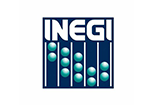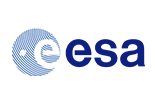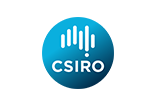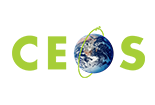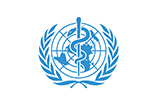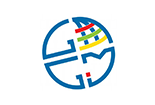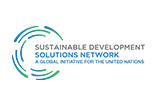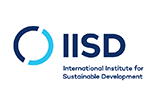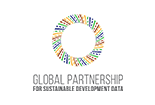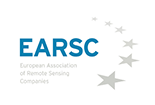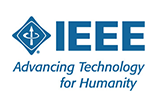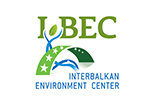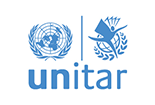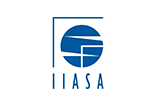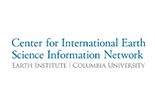Goal I: Demonstrate how Earth observations, geospatial information, and socio-economic and other data contribute in novel and practical ways to support achievement of the SDGs
This goal focuses on developing and promoting the application of quality methods that use Earth observations to achieve the United Nations Sustainable Development Goals (SDGs). Applied research, feasibility testing, development, and operationalization of innovative and practical methods are part of this goal, including assessments across users and regions, as well as evaluations of data availability.
User engagement is integral to achievement of this goal, and EO4SDG seeks to foster partnerships with organizations and communities to support broad development and use of effective methods and solutions. EO4SDG promotes the emergence and scaling-up of joint efforts and collaborations between users and the Earth Observation/Geospatial Information (EO/GI) community to demonstrate the effective uses of EO/GI data in complementing traditional data systems.
In addition, this effort includes addressing timely access to needed data and information and efforts to integrate EO/GI into national development and monitoring frameworks. The EO4SDG team strongly encourages that data used in these endeavors be made freely and openly available, and subsequently incorporated into the Global Earth Observation System of Systems (GEOSS), in keeping with the Group on Earth Observations (GEO) Data Sharing Principles.
Goal II: Increase skills and capabilities in uses of Earth observations for SDG activities and their broader benefits
This goal focuses on supporting countries and stakeholders in their efforts to implement methods using Earth observations to address the United Nations 2030 Agenda for Sustainable Development. This effort includes activities to coordinate and foster capacity building to effectively employ methods, enable data awareness and access, and sustain use of Earth observations in the context of the Sustainable Development Goals (SDGs). This effort spans human, scientific, technological, organizational, institutional, and resource-based capacities.
This goal includes development of capabilities to substantiate and quantify the social, environmental, and economic benefits from using Earth observations to achieve the SDGs, especially as this information may encourage expanded use of EO/GI for such applications. EO4SDG will foster activities to build capabilities about SDG statistical principles and practices, and encourage development of new capabilities to use data visualization methods to support alternatives analysis and planning regarding the SDGs.
Goal III: Broaden interest and awareness of Earth observations support to the SDGs and contributions to social, environmental, and economic benefits
The purpose of this goal is to address outreach, engagement, and communications to showcase effective uses of Earth observations to achieve benefits and positive impacts, thereby encouraging nations and stakeholders to pursue use of such data, themselves. In communicating examples and successes, EO4SDG emphasizes how nations and stakeholders clearly gain from their use of Earth observations to achieve the SDGs.
Outreach and engagement activities include efforts to support user-generated method ideas, refinement of the ideas, and brokering connections between users and technical experts. This goal involves innovative work to visualize and convey status and trends in progress toward the SDGs. A foundational element of this goal is to increase awareness of the need for open data and information, especially in underserved communities and emerging economies, to enable decision makers at all levels to make better use of Earth observations.
The EO4SDG Goals are defined in detail in the Strategic Implementation Plan 2016-2020.




